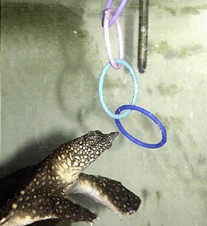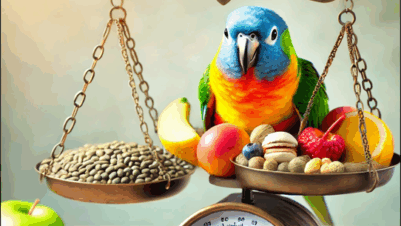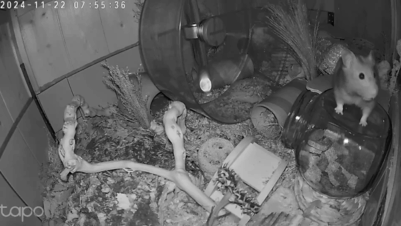A common perception is that life in nature is “cruel”. Environmentally related attrition is beset by hardship, and predator-prey encounters are bloody and brutal – “nature red in tooth and claw”. Case closed! Not necessarily. Modern research and concepts could start challenging some old presumptions about suffering in the natural world and point to human “nature” as the real cruelty culprit.

Physiological pharmacy
An organism’s natural pharmacological abilities are nothing less than astounding. Increasingly emerging is that an organism’s chemistry set typically, diversely and dynamically acts for the individual’s benefit. Sensitisation and desensitisation to environment and stimuli are largely controlled by dopamine, serotonin, oxytocin, endorphin, adrenaline and cortisol (among others) in ways that are still unfolding. Shut a finger in a door and find it hurts something rotten – it’s supposed to. Get attacked by a shark, crocodile or lion and not realise the missing limb until back on the boat or truck. Severe pain that would be crippling in another situation may be redundant and counter-productive during such life-threatening attacks (Figure 1). To envisage that all this protective stuff should fail in nature while animals are being torn apart is nonsensical.

Psycho-behavioural systems
Facing cyclic environmental adversity such as climactic extremes or water and food shortages, along with disease, is a well-known part of the natural world. Doubtless, for many, stressors of deprivation and disease become aversively occupying features of life in the wild. But are they “all mind- and body-occupying” or compartmentalised and contextualised by harmonious physiological and psycho-behavioural mechanisms?
During adverse challenges, priorities, bodies and even mindsets may adapt in relation to drained and debilitated states. Psychological drive states associated with foraging and survival optimism, again strongly moderated by certain physiological incentives, may imbue desperate animals with “positive mental attitudes” (Figure 2).

In a sick animal, or person, biological strategies associated with infection, fever and other factors operate to induce behavioural depression and lethargy. These sacrifices manifest in loss of outward body condition while energy is redirected from less immediately important functions such as appearance to fundamental, life-saving, healing and recovery (Figure 3).
Energy dynamics
Energy makes the world go round and runs everything about it. Finding energy, and absorbing, retaining and conserving it, is do or die – it is the stuff of the harmony of life. Energy efficiency is essential for survival and any surplus is precious. There’s plenty around, but it is somewhat “locked-up” and competition is fierce. Why would energy conservatism dynamics allow needless and expensive – energy draining – suffering? How can pain and “misery” meet entropic targets and constitute efficient use of nature’s resources?
Nature versus nasty
When an individual’s welfare is on target, pretty much all else is too. In nature, environmental hardship, predation, stress, injury and disease are all very real. Equally sure is the science revealing how body- and mind-numbing biochemistry has evolved alongside natural stressors and is on tap when needed most. Might the raft of biological strategies act to an individual’s protection to filter out “misery” among stressful and traumatic effrontery, and in doing so provide living things with a scheme of “incidental compassion”?

The notion that nature somehow conspires to make life in the wild an existence of suffering is absurd. Indeed, it would seem strange if evolutionary biology – with its array of physiological, behaviourial, psychological and energy dynamic mechanisms – might just abandon an organism that all these features have been created to serve, at the very worst of times and when an individual is at its most vulnerable.

Within the testing forces and deficiencies in the wild, many dynamics and stabilities of normal life remain at work to create a “life worth living”. But this is arguably not the case where an animal is trapped in deprived conditions of captivity (Figures 4 and 5). Evolved holistic normalities and welfare provisions are commonly eroded by society’s practices, as one or another broiler or vivarium victim genuinely suffers the abnormalities of an unnatural life at the hands of human nature.
Humans have all but isolated themselves from the substance of the natural world, whilst recognising that the best of answers continue to reside within. Appreciating nature’s kindness and understanding our own misinterpretations may help make animal abuse a thing of the past, and humane practices a universal thing of the future










